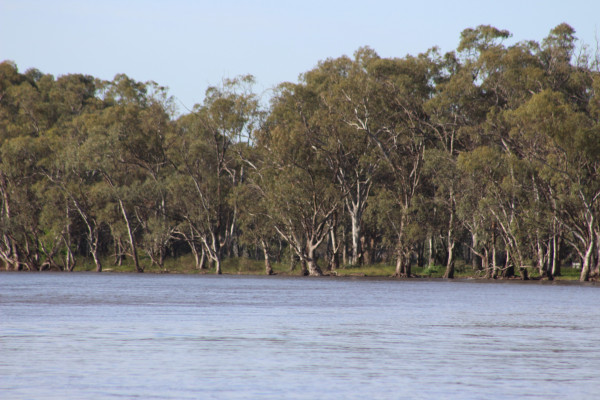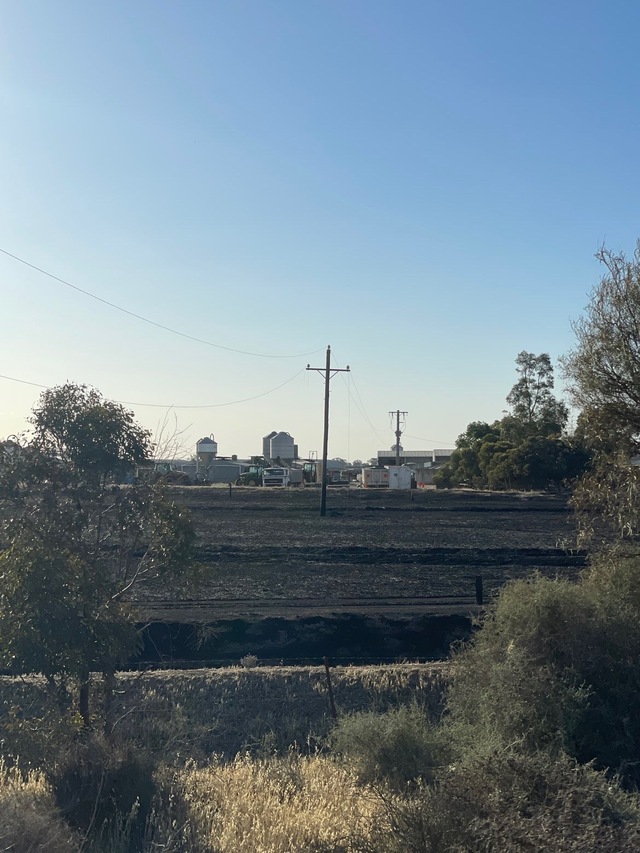NEAR-full water storages and the likely return of dry weather patterns are two factors influencing Murray River system management strategies for the year ahead.
The Murray-Darling Basin Authority (MDBA) on Tuesday released its 2023-24 operating outlook.
MDBA executive director of river management Andrew Reynolds said the annual outlook explained how the river would be run, based on a range of potential climatic and rainfall scenarios.
“We have looked at a range of scenarios in the outlook and at this stage we expect to meet demands for water across the Murray River system this water year,” Mr Reynolds said.
“System storage volume was high at the start of the water year, with active storage levels currently at more than 90 per cent.
“Reasonable inflows are continuing from tributaries downstream of Hume, adding to unregulated flows between Hume and the South Australian border. Some areas in the mid-Murray are still experiencing minor flooding.
“Menindee Lakes are currently at 83 per cent capacity and Lake Victoria (Tar-Ru) is currently 71 per cent capacity and will likely fill over the coming months.
“However, we know the Bureau of Meteorology climate outlook suggests a very high chance of an El Niño and positive Indian Ocean Dipole (IOD) forming from now into spring.
“A positive IOD typically decreases winter-spring rainfall for much of Australia and can exacerbate the drying influence from El Niño.”
Mr Reynolds said if the Bureau of Meteorology’s prediction of dry conditions ensued, then higher irrigation demands were expected.
“We will need to release water from Hume Dam and call on Inter-Valley Trade from the Goulburn and Murrumbidgee valleys to meet demands upstream of Wentworth Weir,” he said.
“We also expect that as conditions dry off, transfers from Hume Dam will be required to support Lake Victoria (Tar-Ru) storage levels and the supply of water to South Australia across the peak demand period and to meet the end-May minimum reserve in Lake Victoria (Tar-Ru).”
He said flooding over the past few years had mobilised more sand into the Barmah-Millewa reach of the river, a known constraint point downstream of Yarrawonga Weir, although this was not expected to significantly increase delivery risks this water year.
“Flow measurements undertaken after last year’s floods have informed the planning assumption in the AOO of a regulated channel capacity downstream of Yarrawonga Weir of 8300 megalitres a day,” he said.
“We will continue to monitor capacity in 2023-24 to confirm our initial findings and the longer-term impact on river operations.”







